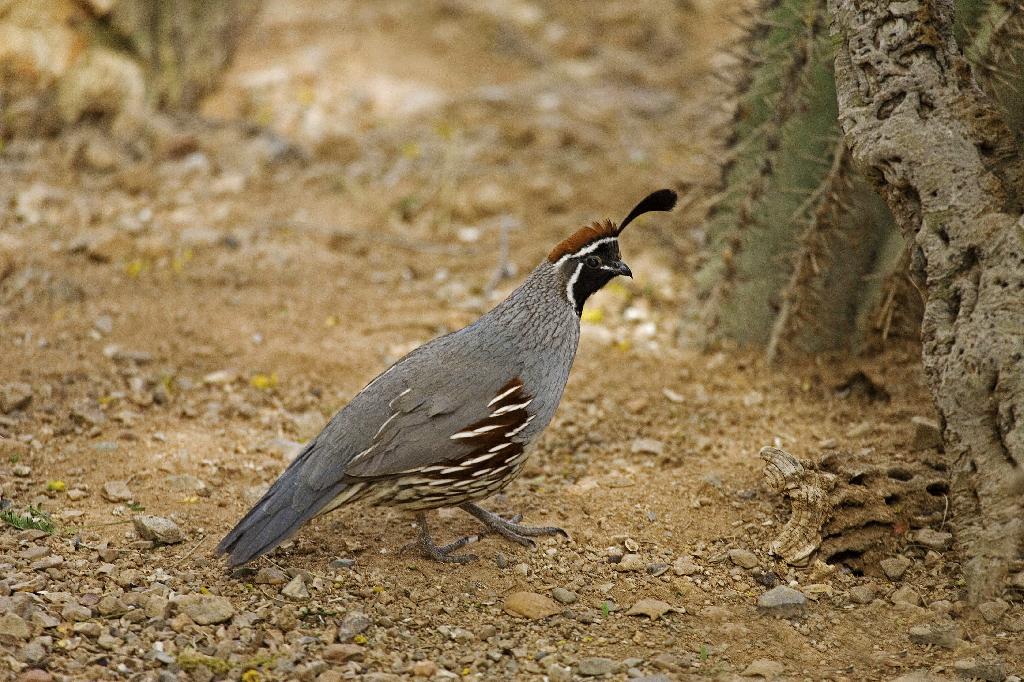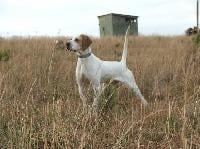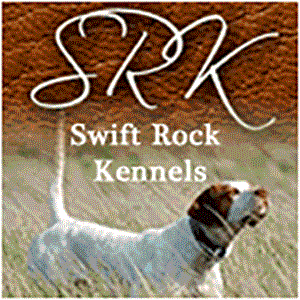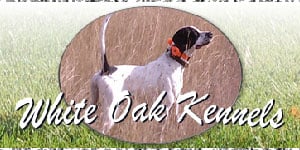Gambels Quail - Quail Hunting - Upland Hunting
View Recipes | Gamebird Services | Gamebird Hunts | View Photos

Description
Gambel's Quails resemble other types of quails because they are plump, with short necks, small bills & square tails. They have short, broad wings with both sexes having a comma-shaped topknot on top of their heads. These feathers are fuller in males than in females. The males have a creamy buff belly with a black central patch, a bright cinnamon-brown crown and chestnut sides. On the other hand, females have a fairly plain gray color on their neck and chest and they lack the black belly patch.
Habitat
Gambel's Quails ideal habitat is canyons and bushy deserts. Although the habitats might be in very dry areas, these bird species concentrate on settling near sources of water. Sonoran desert is one of the habitats Gambel's Quails prefer habiting because it's an open ground with a wide variety of trees, cactus, shrubs, and low trees. Normally, Gambel's do not like habiting grasslands that do not have shrubs although they've started habiting open suburbs where the land is not developed.
Gambels Quails can be found near water holes and desert streams with coveys walking to the water sources in the morning and evening. Some of the desert regions which provide ideal living conditions for this game bird include California, Arizona, Colorado, New Mexico, Texas, Utah, and Nevada. However, as the desert regions in the southwest develop into cities, Gambel's Quails have started living in the suburbs. During the day these birds come to back yards to eat scattered grains while at night the coveys roost in low trees or bushes.
Diet
Berries, leaves, and seeds comprise the main diet. Adult Gambel's Quails are mainly vegetarian most of the seasons relying on leaves, fresh plant shoots, and buds, especially during spring. The birds can also feed on mistletoe berries, cactus fruits, hackberry, and other available plants. Seeds are an important diet at all times. The young ones feed on insects a lot to obtain proteins thus facilitate their growth.
Nesting
During the breeding season, the males give a clear descending note while perched on a tree. The mated pairs then spend a lot of time together exploring the territory trying to find good nesting sites.
The nest site is usually on the ground under a shade (grass clump or a shrub). The females line a shallow depression with grass, leaves and dry twigs. Sometimes, the nest can be above the ground. An old nest, a stump or a roadrunner are common nesting sites above the ground.
Eggs
Gambel's Quail females lay 10 to 12 eggs or even more. The eggs range from dull white to pale buff with heavy brown marks. At times, two females can lay eggs in one nest and then alternating sitting on the eggs. Incubation is done by females only and it takes 21 – 24 days.
The young ones leave the nest after 1-2 days. Both parents tend to the young ones although the young feed themselves. Finally, the young Gambel's Quails can start making short flights after 10 days.

















